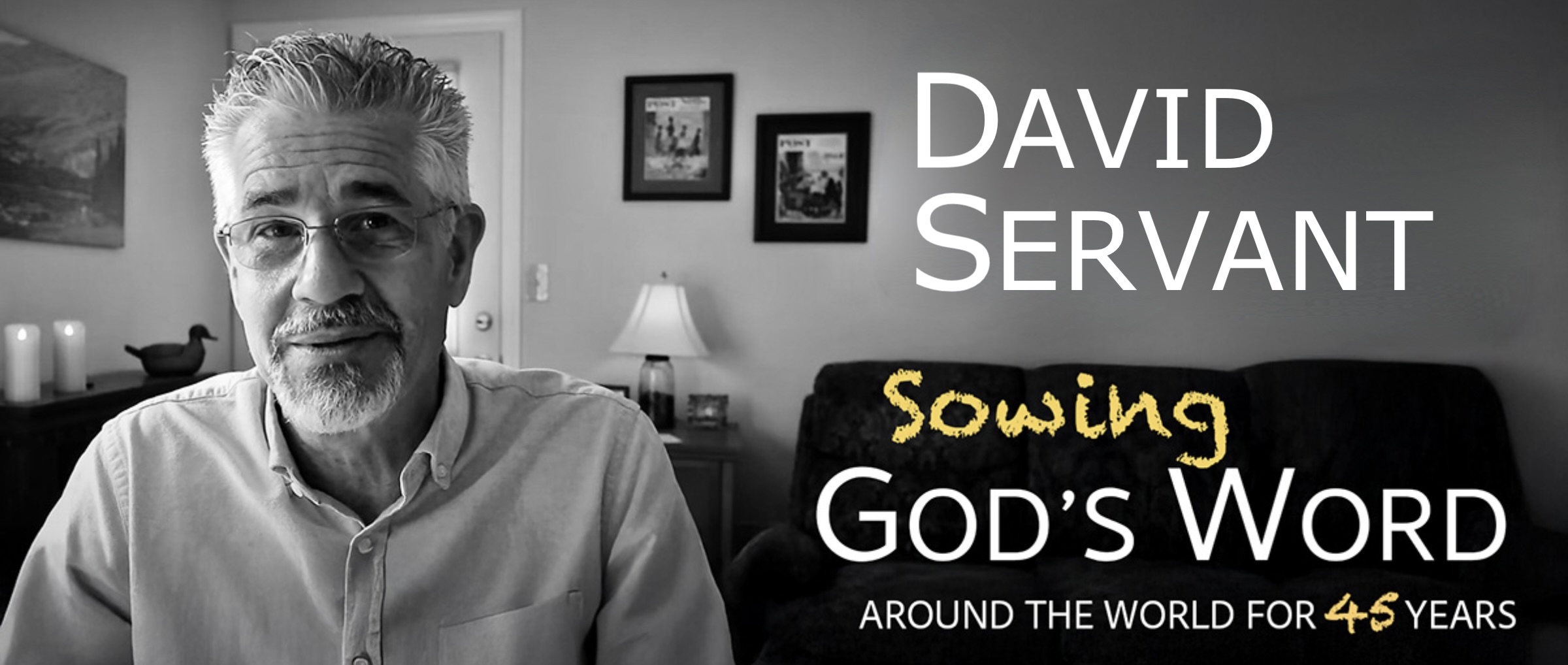Later in that same letter, Paul wrote:
Now we request you, brethren, with regard to the coming of our Lord Jesus Christ, and our gathering together to Him , that you may not be quickly shaken from your composure or be disturbed either by a spirit or a message or a letter as if from us, to the effect that the day of the Lord has come (2 Thes. 2:1-2).
First, note that Paul’s subject was Christ’s return and the Rapture. He wrote of our “gathering together” to Him, using the identical words as Jesus used in Matthew 24:31, when He spoke of the angels who would “gather together” His elect from “one end of the sky to the other.”
Second, note that Paul equated those events with “the day of the Lord,” just as he did in 1 Thessalonians 4:13 – 5:2. That couldn’t be more obvious.
Paul then continued:
Let no one in any way deceive you, for it will not come unless the apostasy comes first, and the man of lawlessness is revealed , the son of destruction, who opposes and exalts himself above every so-called god or object of worship, so that he takes his seat in the temple of God, displaying himself as being God (2 Thes. 2:3-4, emphasis added).
The Thessalonian Christians were being somehow misled that the day of the Lord, which according to Paul must begin with the Rapture and the return of Christ, had already come. But Paul plainly stated that it could not come until after the apostasy (perhaps the great falling away of which Jesus spoke in Matt. 24:10) and after the antichrist declares his deity from the Jerusalem temple. So Paul clearly told the Thessalonian believers that they should not expect Christ’s return, the Rapture, or the day of the Lord, until after the antichrist’s declaration of deity.[1]
Paul next describes Christ’s return and His subsequent destruction of the antichrist:
Do you not remember that while I was still with you, I was telling you these things? And you know what restrains him now, so that in his time he may be revealed. For the mystery of lawlessness is already at work; only he who now restrains will do so until he is taken out of the way. And then that lawless one will be revealed whom the Lord will slay with the breath of His mouth and bring to an end by the appearance of His coming; that is, the one whose coming is in accord with the activity of Satan, with all power and signs and false wonders, and with all the deception of wickedness for those who perish, because they did not receive the love of the truth so as to be saved (2 Thes. 2:5-10).
Paul stated that the antichrist will be brought to an end “by the appearance of His coming.” If this “appearance” is the same as His appearance at the Rapture mentioned just nine verses earlier (see 2:1), then the antichrist will be slain at the same time that the church is gathered to meet the Lord in the air. Corroborating with this is the record of Revelation chapters 19 and 20. We read there of Christ’s return (see Rev. 19:11-16), the destruction of the antichrist and his armies (see 19:17-21), the binding of Satan (see 20:1-3) and the “first resurrection” (see 20:4-6), in which believers who were martyred during the seven-year Tribulation come back to life. If this truly is the first resurrection in the sense that it is the first general resurrection of the righteous, then there is less doubt that the Rapture and Christ’s wrathful return occur at the same time as the destruction of the antichrist, as Scripture plainly tells us that all those who have died in Christ will be bodily resurrected at the Rapture (see 1 Thes. 4:15-17).[2]
[1] This dispels the theory that Jesus’ words in the Olivet Discourse only have application to Jewish believers who are born-again during the Tribulation because all those who were born again before the Tribulation will supposedly be already raptured. No, Paul told the gentile Thessalonian believers that their Rapture and return of Christ would not occur until after the antichrist makes his declaration of deity, what occurs in the middle of the seven-year Tribulation.
[2] Some say that this resurrection spoken of in Revelation 20:4-6 is actually the second part of the first resurrection, the resurrection that occurred during Christ’s first return at the Rapture. What warrant is there for this interpretation? If the resurrection of Revelation 20:4-6 is actually a second resurrection, why wasn’t it called “the second resurrection”?

